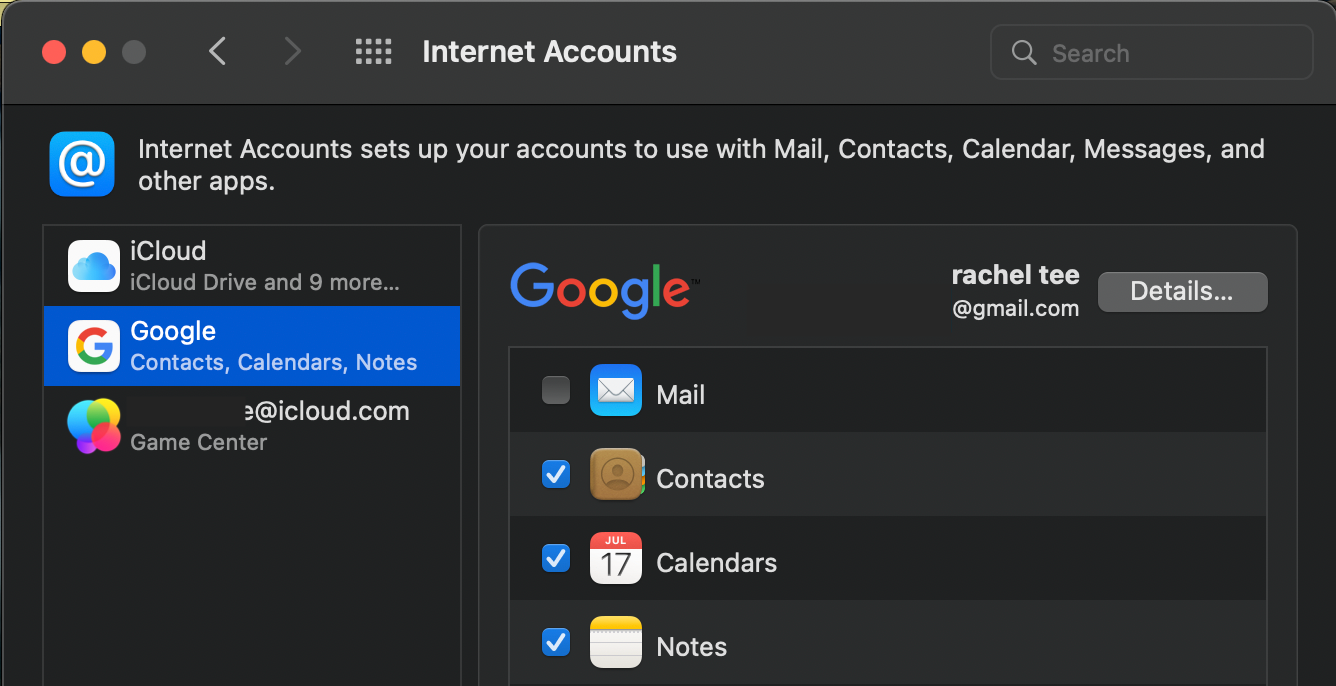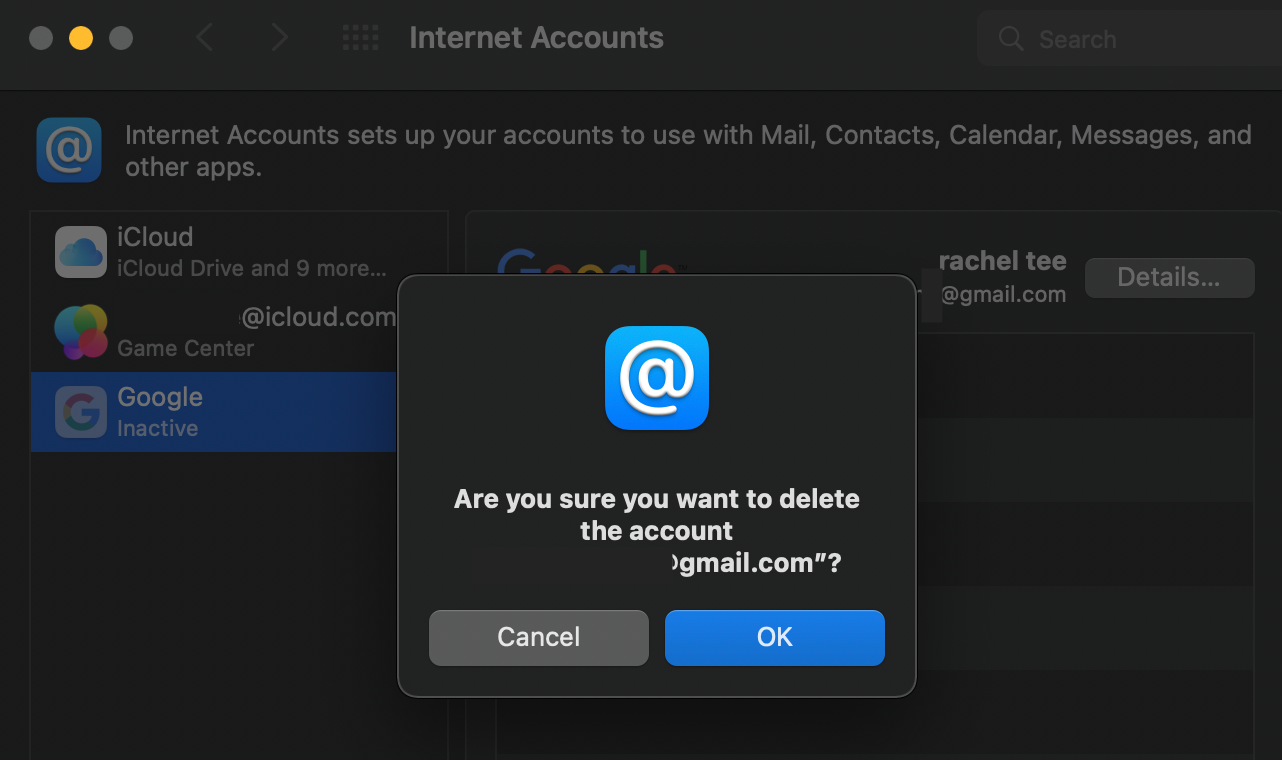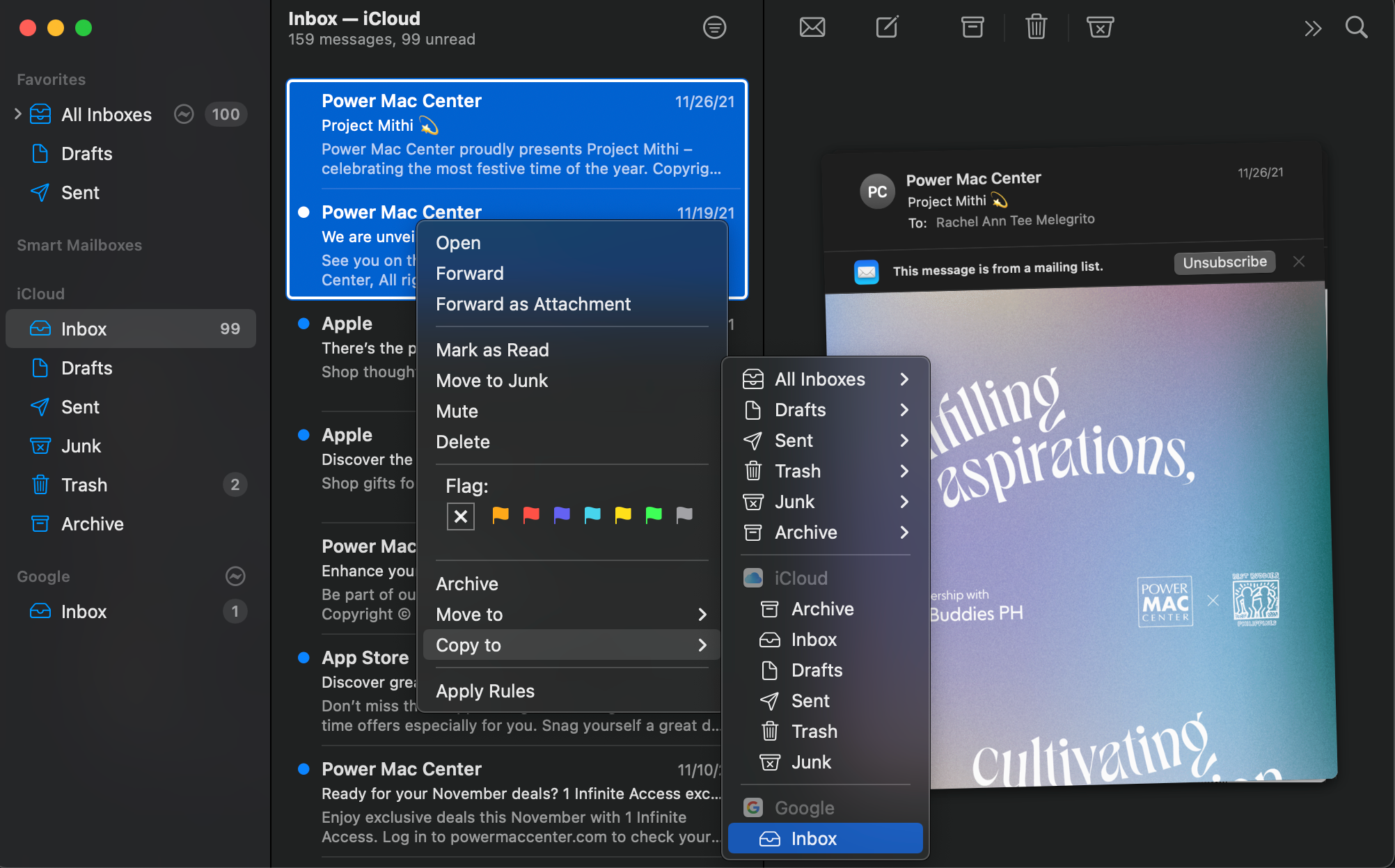what to do with read emails in mac
Don't want or need to receive emails in the macOS Post app anymore? If so, you can log out of an email business relationship, similar Gmail and Outlook, on your Mac and that will stop syncing your emails with your Mail app.
Depending on how long yous want to remain logged out, you can either sign out of Mail temporarily, or you can remove your e-mail account entirely from your estimator.
We'll evidence you how to do both.
How Is Logging Out of the Mail service App Dissimilar From Logging Out of Webmail Services?
Apple tree Post, or simply Mail, is Apple tree'south default electronic mail customer that allows you to add multiple email accounts to your devices so you can get all your emails in one identify.
When you log out of an email from the Mail app, you're basically not looking to use that e-mail business relationship again anytime before long on your calculator. That's because logging out from an email client like Mail service ways you lot don't want to transport and receive emails with this account in the Mail app, and yous don't want to keep the emails that have been downloaded to your Mac.
Logging out of webmail, on the other paw, is dissimilar. When you sign out from an email service, like Gmail, you're basically just immigration a cookie in the browser that keeps your session data. Since your browser doesn't download or keep your emails, logging out of webmail doesn't mean much.
The bottom line is that while you may want to log out of the Gmail website every time yous finish using information technology, y'all just demand to log out of Mail if y'all don't ever want to utilize that electronic mail business relationship anymore.
How to Log Out of Mail on a Mac
You can log out of Mail using the Mail app itself on your Mac. Just follow the steps below:
- Open the Mail app.
- Click the Mail > Accounts option at the top of the screen.
- Select the email business relationship you want to log out from on the left.
- Untick the Mail service option on the correct.

That specific mail account is now disabled and the Mail app won't be able to employ it any further. Doing this also removes the e-mail account's messages on your Mac. Y'all'll still be able to access copies of the email letters on the business relationship's mail service server.
For example, if you log out of Outlook on your Mac, you'll lose all your Outlook emails in Postal service, but can retain them on Outlook in one case you sign in to its web-based server.
If or when you re-enable the account, the Mail app will download any letters on the server that haven't already been synced to your computer.
How to Permanently Delete an Email Account in Mail on a Mac
You can remove your electronic mail account permanently if you don't intend to use information technology anymore on your Mac.
Yous can practise that every bit follows in the Mail app:
- Launch the Mail service app.
- Click the Mail menu at the top and select Accounts.
- Choose the account you lot want to remove on the left.
- Click the Remove (–) sign at the bottom to remove the business relationship.

Post will fully remove your selected business relationship, likewise as all the downloaded emails associated with information technology, from your Mac.
Notation that if the account is being used by another app on your Mac, you'll be redirected to remove the business relationship in Internet Accounts in Arrangement Preferences instead. Click on the popup window to exist redirected to Cyberspace Accounts, and so deselect the Mail checkbox for that account.
If you want to stop using the account on all apps on your Mac, click the Apple tree logo, select System Preferences > Internet Accounts, select the internet account y'all desire to remove, then striking the Remove (–) button.
How to Re-create or Move Important Emails Before Deleting an Email Account in Mail
If you take important emails from a specific e-mail account that y'all don't want to be deleted along with the entire electronic mail account, you lot tin can copy or move the electronic mail to any of your active electronic mail accounts on Mail.
Practice this before permanently deleting and signing out of the email account on your Mac. Here are the steps you need to follow:
- Select an email y'all want to retain.
- Command-click to evidence the contextual menu, select either Motility to or Copy to, then select your desired destination. Alternatively, directly elevate the e-mail to the destination yous want.

How to Log In to Post on a Mac Once more
If yous desire to sign back in to your e-mail account with Mail, you can do and so using the post-obit methods.
Logging In to Mail When Y'all Haven't Removed Your Account
If yous've but logged out of your email account and y'all haven't fully removed the account nonetheless, you can sign back in to your business relationship every bit follows:
- Click the Apple tree logo at the pinnacle and select System Preferences.
- Click Net Accounts.
- Select the email account you want to enable emails for, and tick Mail on the correct.
Your electronic mail letters from this account should start to appear in the Post app.
Logging In to Mail service When You Take Removed Your Account
If y'all've removed your email account from your Mac, simply add the electronic mail business relationship to Mail again to be able to receive emails for that e-mail account on your Mail app.
Nevertheless, if you wish to explore an email client other than Apple Mail, at that place are many expert email app alternatives bachelor for Mac.
Removing Unused E-mail Accounts From the Post App
In that location may be diverse reasons why you'd want to log out of an email account in Mail. Regardless, the guide above should teach you lot how to practise that in a few like shooting fish in a barrel steps.
Mail is indeed a great electronic mail client for macOS, and the more you learn near it, the ameliorate you tin manage your incoming and outgoing emails.
Virtually The Author
Source: https://www.makeuseof.com/log-out-of-mail-mac/

0 Response to "what to do with read emails in mac"
Post a Comment